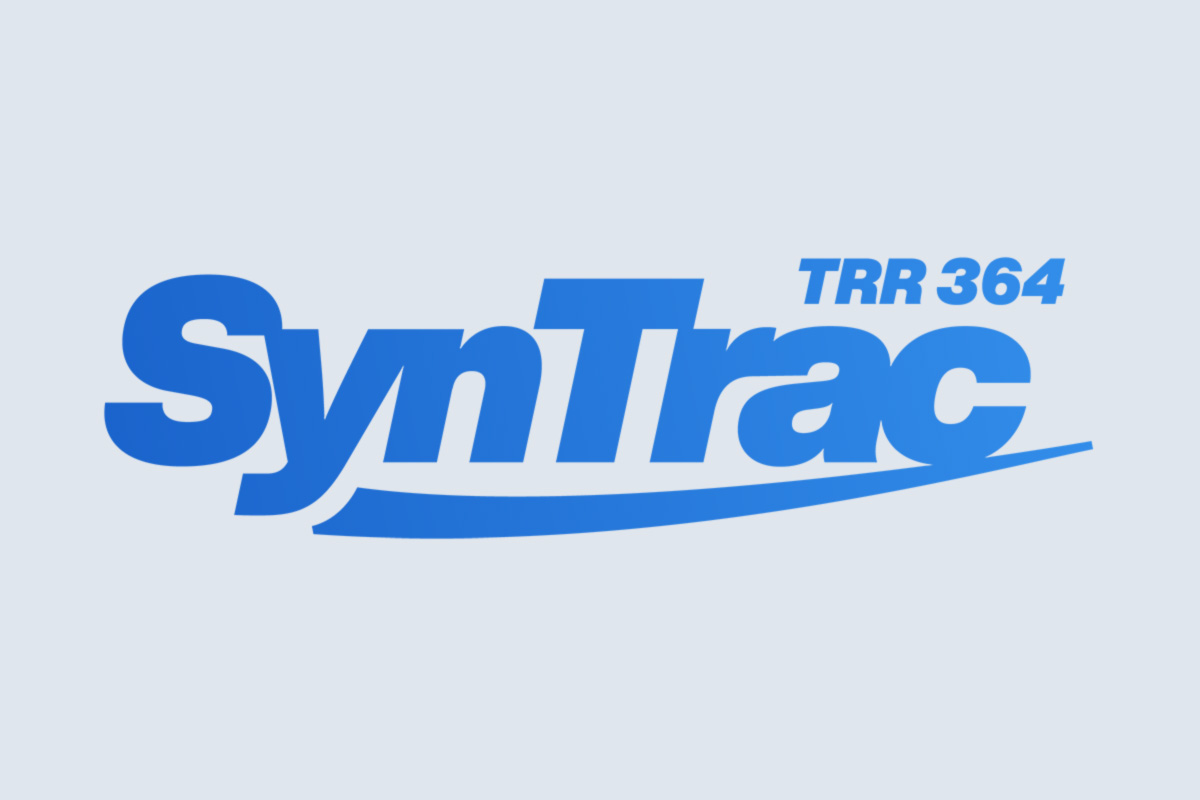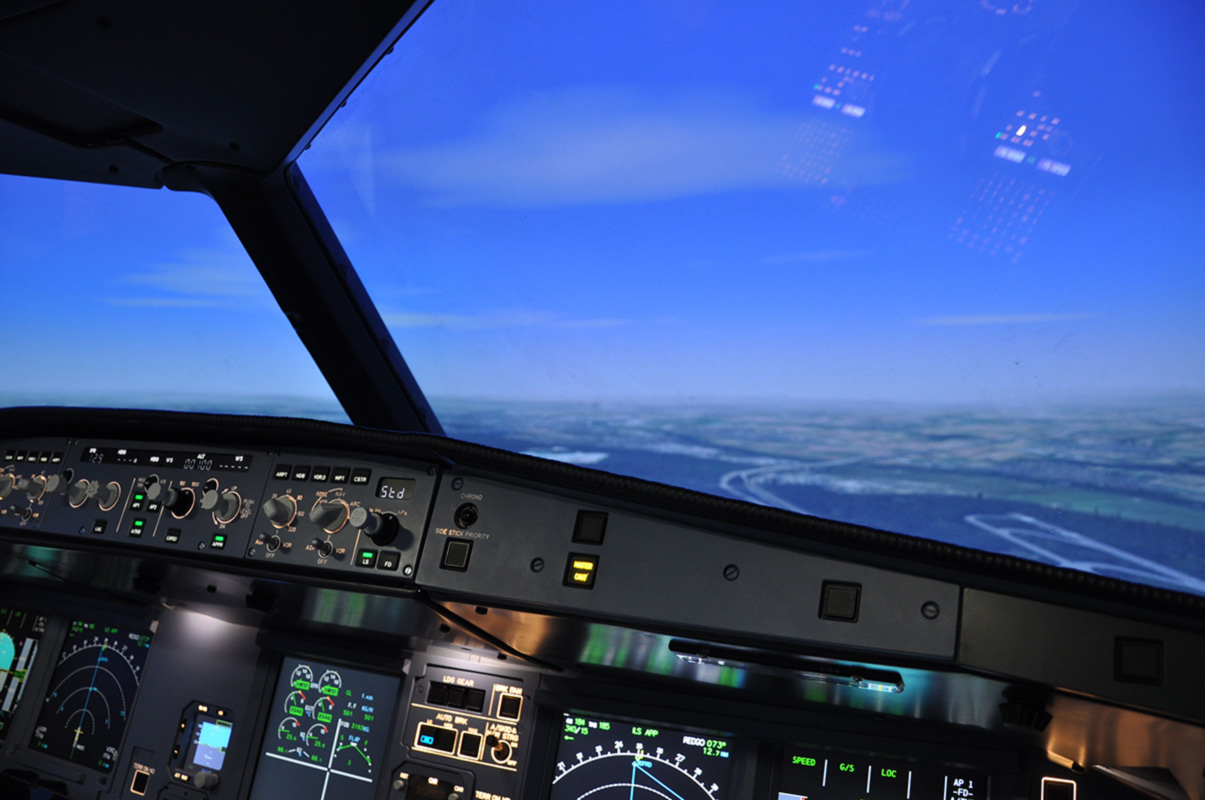Flight physics is the study of the physical principles that enable aircraft to fly. It includes lift, thrust, drag and weight, as well as the interactions of these forces. By analyzing aerodynamics, fluid mechanics and materials science, flight physics helps to develop safer and more efficient aircraft. In SynTrac, one example is the combination of thrust generation and control
A04

A04: Distributed energy-efficient flight control — control allocation methods
Project A04 contributes advanced control allocation methodologies, by which new degrees of freedom offered by distributed propulsion and thrust vectoring can be fully exploited. The mapping from actuation to force and torque will become multivariable, and uncertain. It is exactly that mapping that has to be inverted for any flight control system. Considering certification, any inversion algorithm must be real-time applicable, it must not be conservative, and most important, computational bounds must be guaranteed. Furthermore, it must be possible to consider actuator failures. All of these certification-driven constraints make the overall inversion problem difficult. The objective of this project is to exploit the controllability potential of new distributed and/or integrated propulsion configurations of SynTrac. The solution will be approached in two ways, model-based and data-driven.
A05

A05: Flight dynamics models and handling qualities
For integrating all findings from aerodynamic investigations, advances in propulsion, and new flight control (and allocation) algorithms, project A05 will contribute open-source flight dynamics models which are beyond the current state of the art and an analysis and exploration of the handling qualities. New methods for flight dynamic modelling will be investigated and a module that evaluates the handling qualities as automatically as possible for both distributed propulsion and thrust vector control will be provided. It shall be further explored to which extent handling qualities can be even improved through exploitation of the distributed propulsion or thrust vectoring concepts together with new control allocation algorithms.










